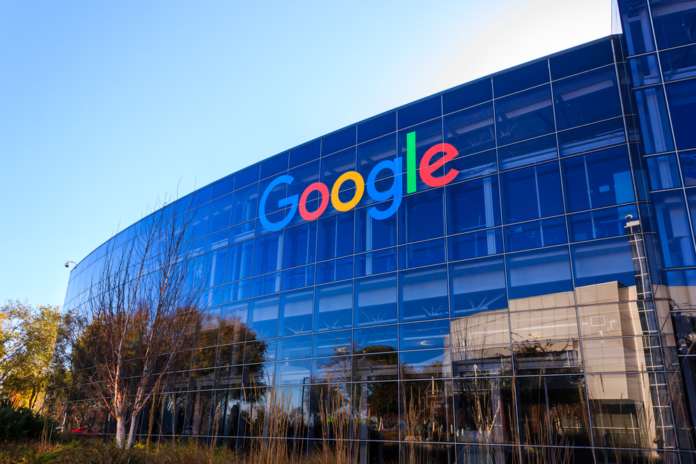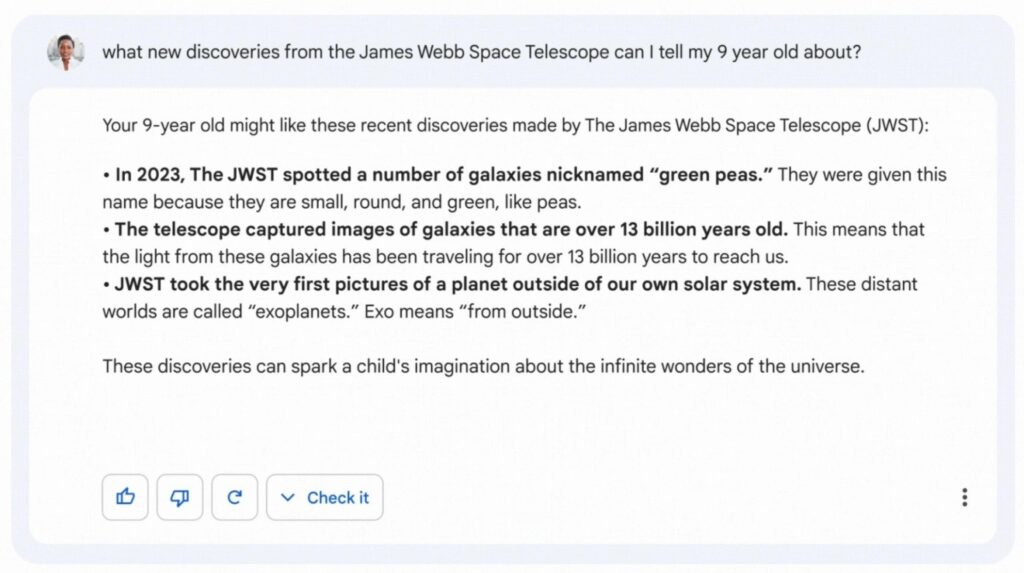In response to the widespread success of OpenAI’s ChatGPT, Google is rushing to take part in the recent fervor for conversational AI. The company’s new AI experiment Bard aims to combine global knowledge with the power, intelligence, and creativity of large language models.
Earlier this month, Sundar Pichai announced the model, or service, or AI chatbot, however you wish to describe it. It is also noteworthy that Google’s 2017 researchers created the most influential concept (the Transformer) after recentering around AI a few years ago.
The time is right for us to translate our deep research and breakthroughs into products that actually help people,” Pichai writes. The fact that OpenAI is now synonymous with the technologies Google pioneered makes it hard not to wonder how Google got leapfrogged so decisively by the former.
Essentially, technology moves fast, but big companies move slowly, so while Google released paper after paper attempting to figure out how AI might fit into its existing business strategies, OpenAI aims to provide the best models so people can build their own applications.
Google has taken a page from this playbook, releasing a “lightweight” version of the model for testing. To power conversational AI, Google uses its own LaMDA (Language Model for Dialogue Applications). In the blog post, it is not clear how exactly it does this, but it does appear to keep current.
Bard “help[s] explain new discoveries from NASA’s James Webb Space Telescope to a 9-year-old, or learn more about the best strikers in football right now, and then get drills to build your skills.”





